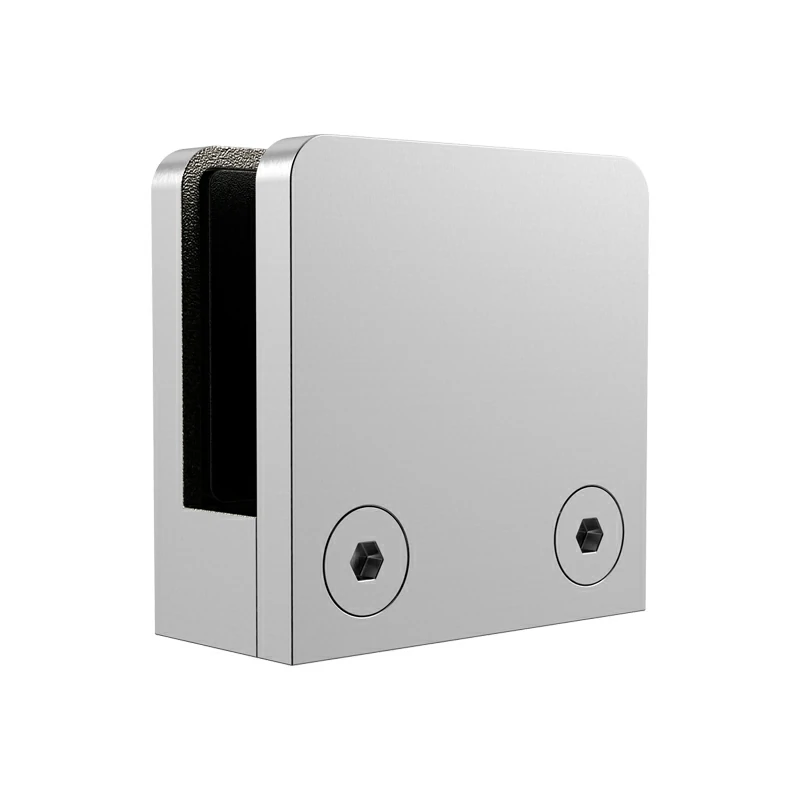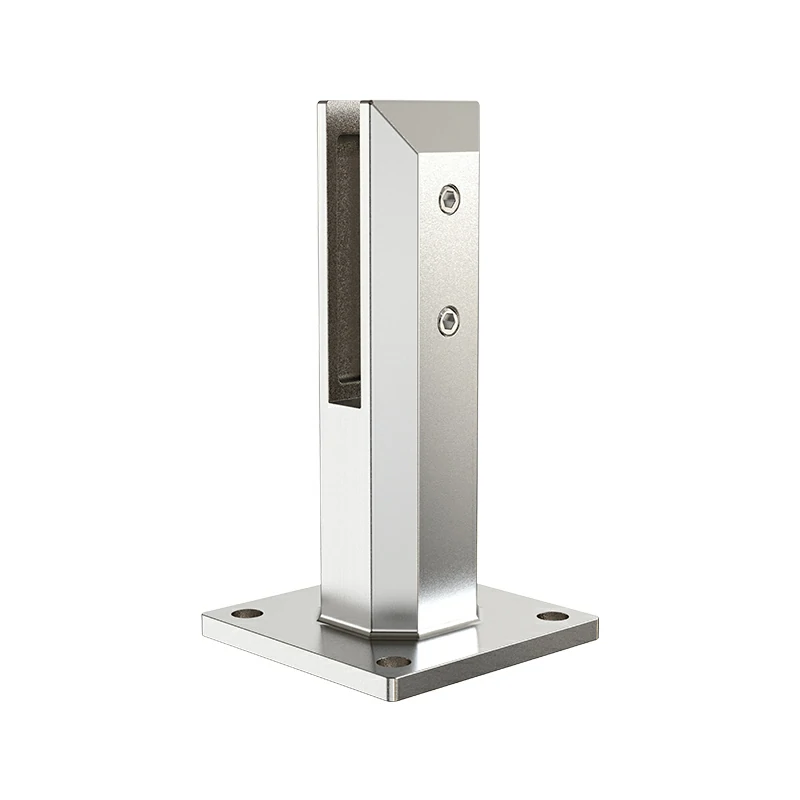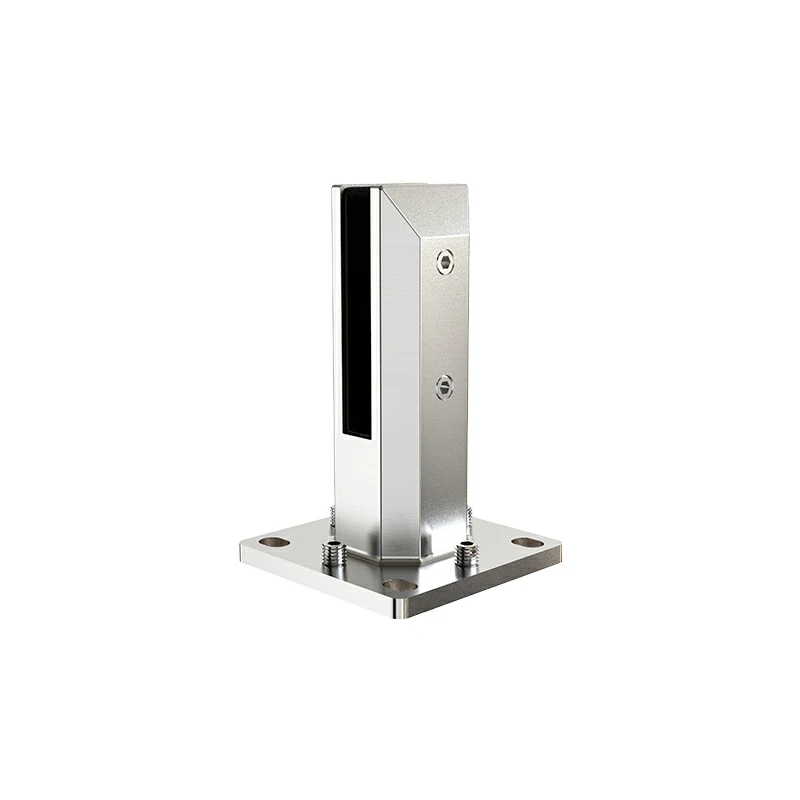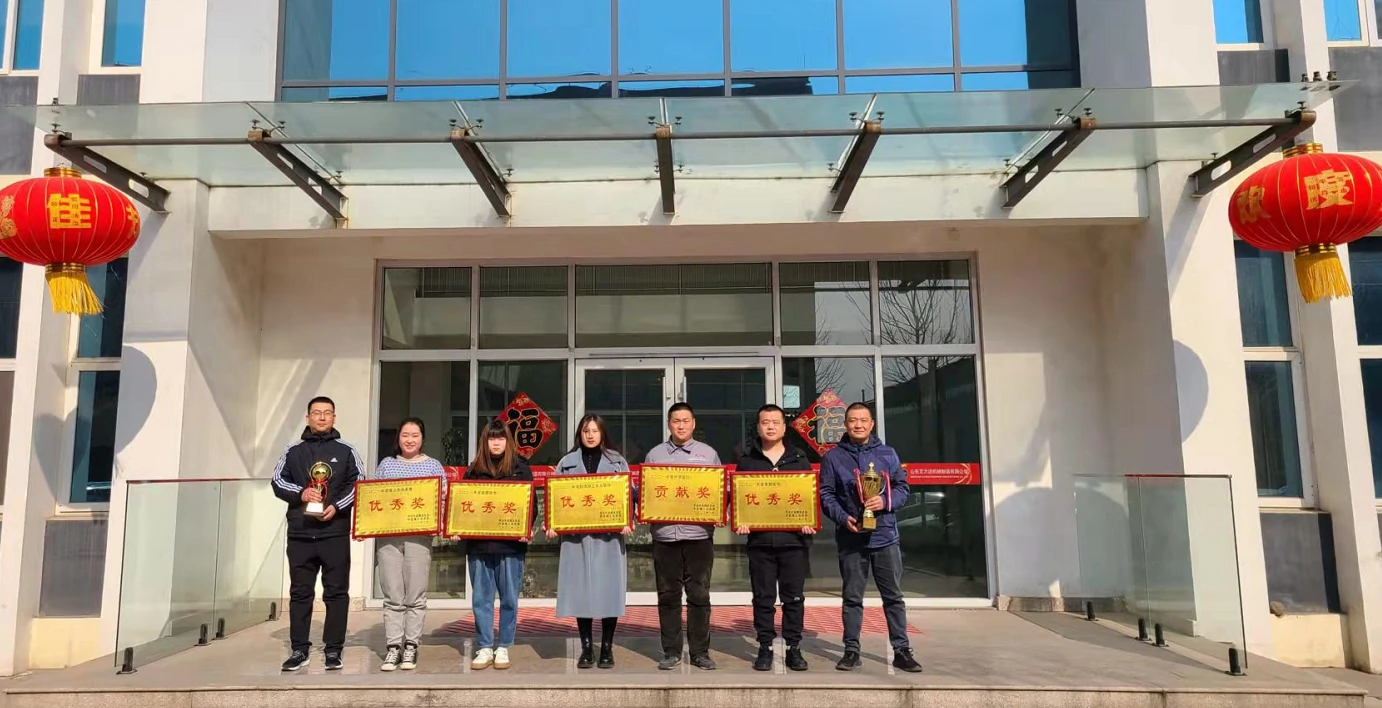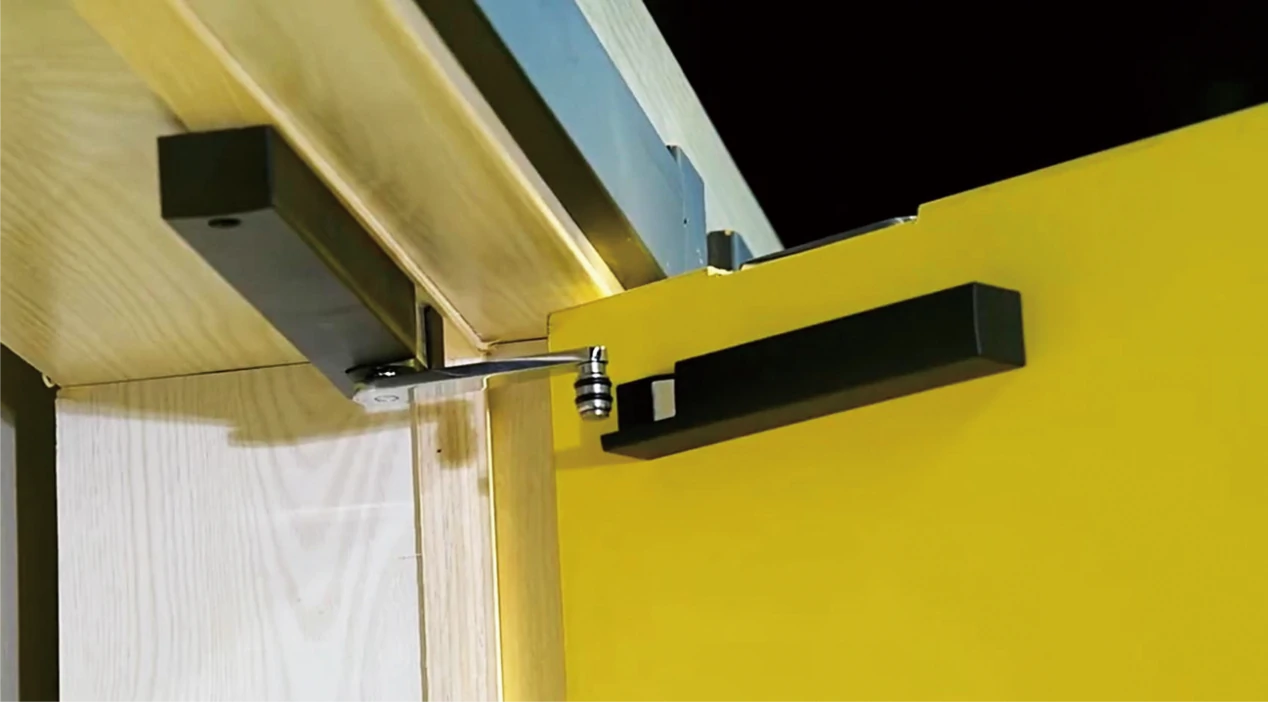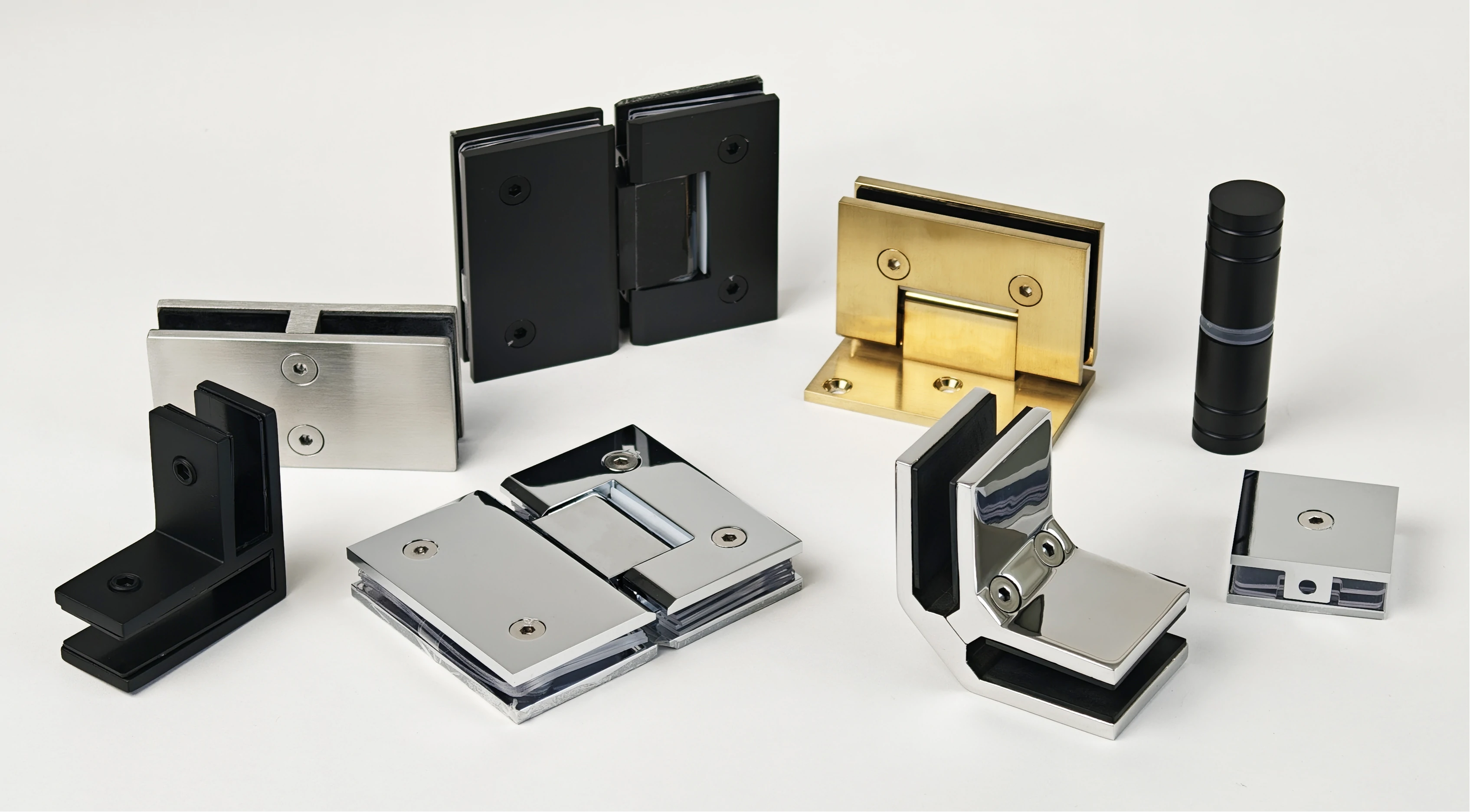In precision manufacturing, "consistency" stands as a pivotal benchmark for technical prowess. For structurally intricate small-to-medium castings, even a mere 0.05mm dimensional deviation can trigger critical issues like sealing surface leaks or dynamic balance failures. With decades of industry expertise, Aleader has developed a robust batch production consistency control system for silica sol lost-wax casting technology. Today, let's dive into the core techniques behind this proven solution.
The "precision code" of casting parts: Why is consistency so important?
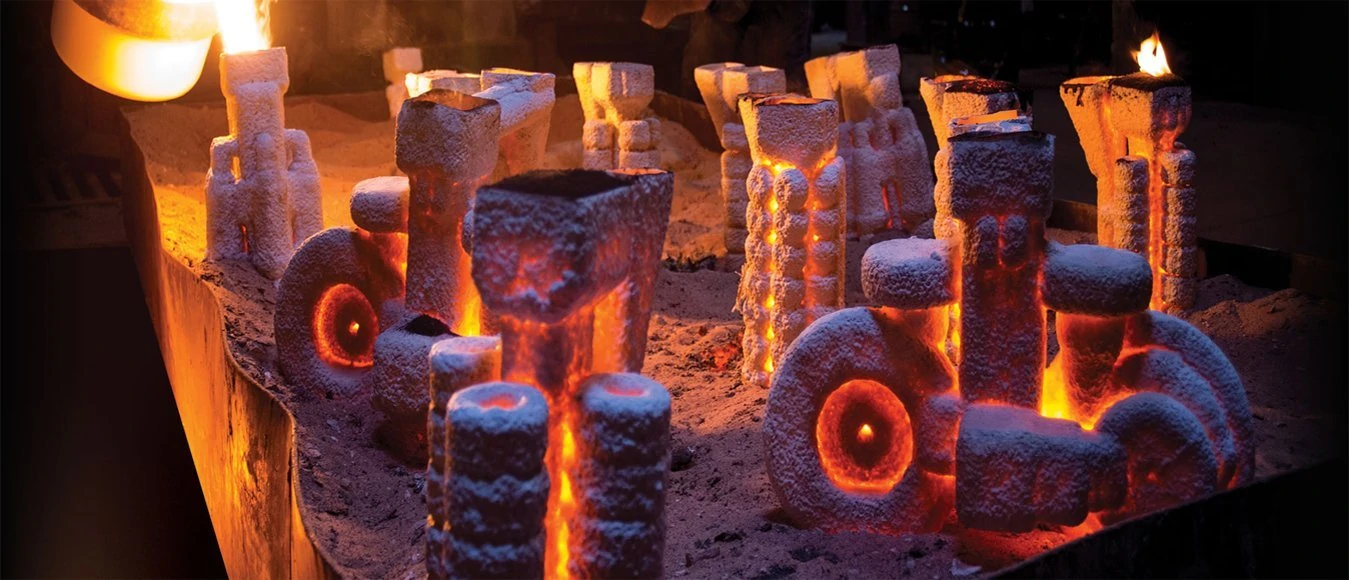
Aleader specializes in precision valve components, pipe fittings, and pump impellers with dimensions ranging from 20-200mm, yet these compact components must meet stringent performance standards: critical mating surfaces require tolerance control within ±0.05mm, while precision-machined surfaces must achieve surface roughness ≤1.6μm. Any deviation in consistency among these "small but precise" parts could lead to catastrophic consequences. Leakage at valve sealing surfaces may trigger safety hazards, while failed dynamic balancing of impellers could cause equipment vibration and noise levels to skyrocket. Industry data reveals that when rework rates exceed 5%, production costs escalate exponentially.
The reason why silica sol silica sol casting technology is the core choice of Aleader is that it can realize the one-piece molding of complex internal cavity structure, and perfectly meet the precision casting needs of carbon steel (ZG270-500), stainless steel (304/316), copper alloy and other materials.
Wax preparation: the "first line of defense" for consistency control
The wax mold is the "prototype" of the casting, and its accuracy directly determines the quality of the final product. Aleader has established a full chain control from the wax material formula to the testing process:
In wax material management, we employ a blended paraffin-polyethylene wax formulation. Through repeated trials, we optimized the ratio and maintained a strict melt temperature of 65±1℃ to prevent material degradation caused by high-temperature aging. To ensure stability, the wax is reused no more than five times. Each batch undergoes viscosity testing to maintain performance within the optimal range of 20-25cP.
The optimization of mold and wax injection parameters is equally critical. Aleader maintains a constant mold temperature at 40±1℃ to minimize wax shrinkage variations. For thin-walled components, they innovatively employ a "low-pressure booster" wax injection process (0.5MPa pressure, 30mm/s injection speed), effectively preventing bubble and incomplete filling defects.
The detection process introduces automated 3D scanning technology to implement 100% full inspection of key dimensions such as flange hole position. When the defect rate exceeds 0.5%, the process adjustment mechanism is immediately triggered to eliminate quality risks at the source.
Silica sol shell: to create an "impervious" molding carrier
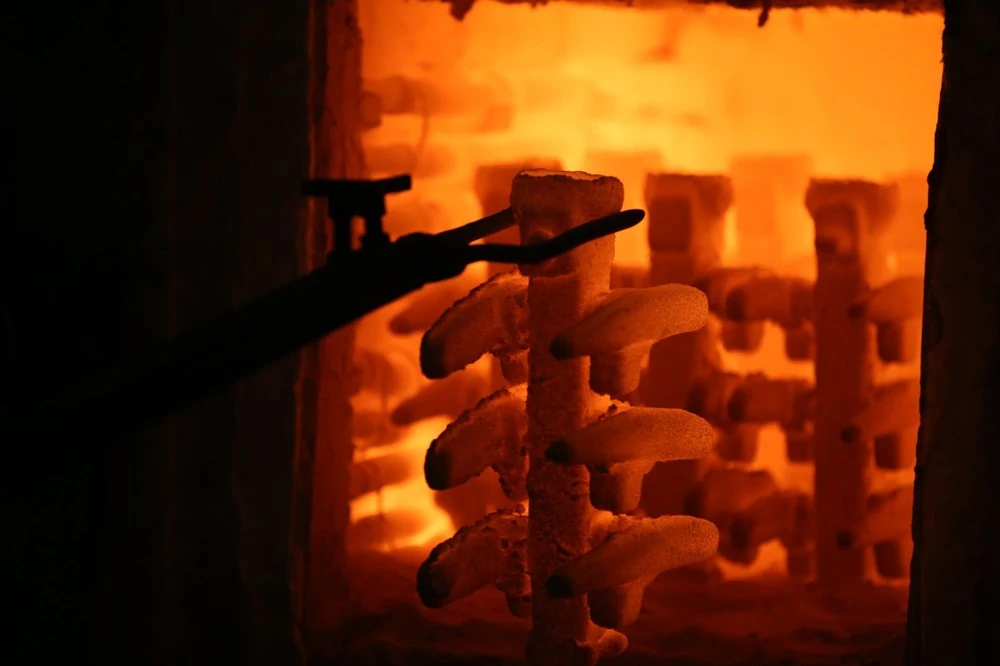
Shell quality is the key to the success of casting. Aleader has established a strict standard system in the silica sol shell process:
The slurry is prepared with high quality silica sol containing 28-30% SiO₂, and the surface slurry is specially added wetting agent to eliminate bubbles; the refractory material is selected as 325 mesh zircon sand for the surface layer and 60-80 mesh mullite sand for the back layer, so as to completely prevent particle agglomeration through ultrasonic stirring and ensure the uniformity of the slurry.
The drying process is carried out by stepwise temperature and humidity control: the surface layer is dried for 6 hours in 25℃, RH60% environment, and the back layer is dried for 4 hours in 28℃, RH50% environment, so as to accurately control the evaporation rate of water and avoid shell cracking.
The scientific step heating curve is adopted for mold shell roasting: from room temperature to 300℃, keep warm for 1 hour, then to 900℃, keep warm for 2 hours, the temperature difference in the whole process is controlled within ±15℃, and finally ensure that the residual carbon after roasting is less than or equal to 0.1%, so as to provide a clean cavity environment for casting.
Pouring and post-processing: the final battle of casting quality
The molding and subsequent processing directly determine the product performance, and Aleader also strives for perfection in this process:
In the smelting stage, furnace front spectral analysis is used to monitor the composition in real time. For example, the carbon content of ZG270-500 carbon steel is strictly controlled at 0.25-0.35%; the pouring temperature is precisely controlled, and the carbon steel pouring temperature is stabilized at 1550±20℃. For complex parts, -0.05MPa vacuum assisted pouring technology is adopted to greatly reduce porosity defects.
The shell removal and cleaning process innovatively adopts 20MPa high-pressure water cleaning instead of the traditional vibration shell process, which fundamentally avoids the deformation of the workpiece; sandblasting treatment selects 120 mesh alumina sand to achieve uniform cleaning under 0.3MPa pressure, which not only guarantees the surface quality but also does not damage the dimensional accuracy.
The heat treatment process guarantees the performance: carbon steel is implemented with a composite process of 900℃×2h normalizing and 600℃×4h tempering. Through the precision control of furnace temperature uniformity ±10℃, the material performance is stable and consistent.
Whole-process quality control: build a "closed-loop management" of the quality Great Wall
Aleader has established a detection and feedback mechanism covering the whole process to provide a solid guarantee for consistency control:
The key size detection is intelligent. The flatness of the sealing surface of the flange (≤0.05mm) is detected by laser online, and the data is uploaded to MES system in real time to form a traceable record.
The defect management system adopts a forward-looking approach by establishing a defect atlas covering typical issues such as shrinkage porosity and cold cracking. Through big data analysis, it correlates process variables including shell-layer count and pouring parameters. When the Process Capability Index (CPK) falls below 1.33, the system automatically flags affected batches and initiates process reviews, marking a shift from "post-facto remediation" to "proactive prevention".
Through its precision control technology covering the entire process from wax model preparation, shell molding, casting to post-treatment, Aleader has achieved ultra-high consistency in mass production of silica sol lost-wax casting, providing reliable precision casting solutions for high-end equipment manufacturing. Moving forward, Aleader will continue to deepen its expertise in precision casting technology, driving continuous quality improvement across the industry through stricter standards and innovative processes.

